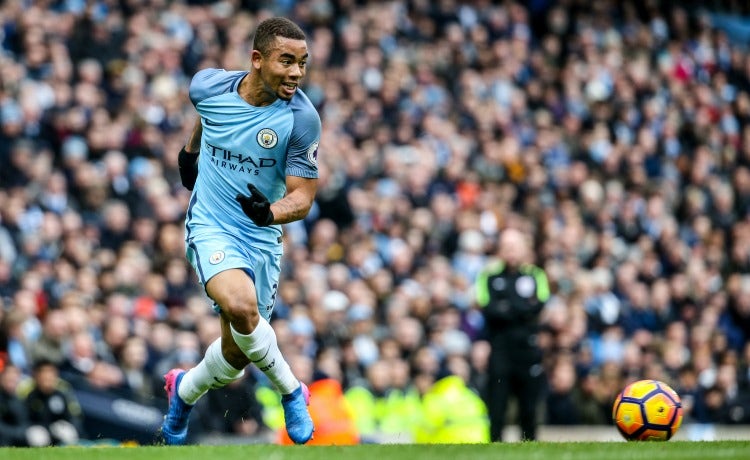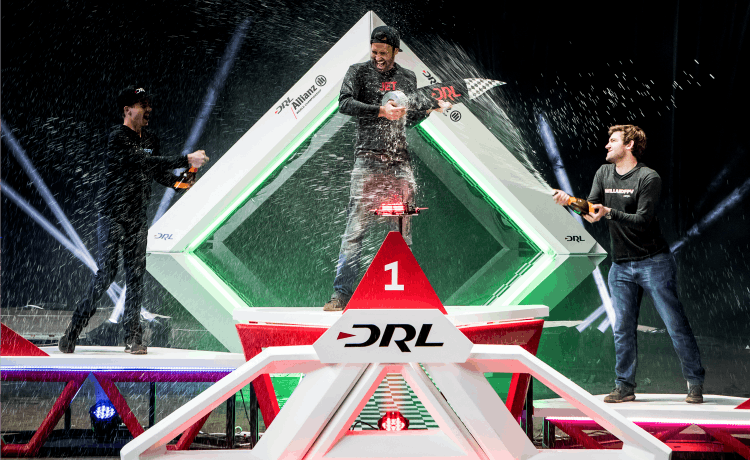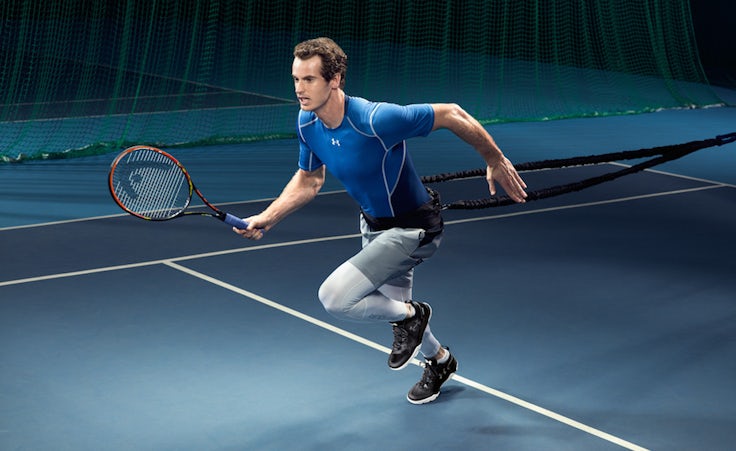How to pick the sporting brand ambassadors of the future
Brands are turning to real-time performance data and emerging sports in the search for their next campaign stars.

Few English football fans were talking about Gabriel Jesus a month ago. The 19-year-old striker, who joined Manchester City in January from Brazilian club Palmeiras, was highly rated and came with a £27m fee, but he was seen as back-up rather than a replacement for City’s long-time star striker Sergio Aguero.
Soon after making his debut, Jesus was on the teamsheet ahead of Aguero and had become an instant City sensation, bagging three goals in four games. Although this dream start was cut short by an injury, Jesus has already succeeded in building his profile in the Premier League and his status as a future star. There is even talk that Aguero may leave City at the end of the season to make way for the Brazilian prodigy.
Jesus’s unexpected, rapid rise highlights the challenge for brands that want to identify the next generation of sporting superstars. According to figures compiled by sports index platform Brandtix, seen exclusively by Marketing Week, Jesus’s personal brand value has surged by 21.2% since he made his debut for Manchester City on 21 January.
The platform calculates brand value by combining on-pitch performance data from statistics group Opta with social media data gleaned from Facebook, Twitter and Instagram. Jesus’s impressive performances, combined with his acquisition of 510,000 new social media followers since joining City last month, resulted in the spike in his brand value and a Brandtix index score of 365.
This makes Jesus the third most valuable Premier League player aged 20 or under, according to Brandtix, putting him behind Marcus Rashford at Manchester United (index score of 376) and Dele Alli at Tottenham Hotspur (440).
The index is intended to guide brands and sponsors that want to take a more scientific approach to how they identify the best sporting talent to front their campaigns. Brandtix has also provided data on the top 10 young players to watch based on brand value increase since the season started last August (see below). Everton’s 18-year-old midfielder Tom Davies, who scored a stunning goal against City last month, tops this list.

Brandtix CEO Jon Rosenblatt believes brands are changing the way they think about sporting ambassadors, with a player’s presence on social media now a core consideration. Among previous marketing roles, he was senior international marketing director from 2008 to 2012 at EA Sports, the company behind the hugely popular FIFA football video game series.
“When I was at EA and we were signing local talent across the territories, it really was about who was scoring the most goals,” says Rosenblatt. “It wasn’t necessarily about the whole social aspect then – it was just, is the player immediately recognisable?
“Today players like [Arsenal defender] Hector Bellerin or [Real Madrid defender] Sergio Ramos have made defending cool again, and there are lots of players now who have that ability to take football away from just being all about Ronaldo and Messi. The right brand can elevate that with the right content and strategy.”
Certain brands are already reaping rewards from taking a more scientific approach to their sport ambassador strategy. Last year Under Armour spoke about how it conducts its own detailed research into how young athletes are performing so that it can identify and sign up the best prospects ahead of competitors.
“We do a tonne of scientific research over how an athlete can perform over the next five to 10 years, there’s a team dedicated to it,” explained vice-president of omnichannel Sid Jatia. “We then make a judgement call. Tottenham were sixth when we signed them up, now they are second in the Premier League. Golfer Jordan Spieth was ranked number seven in the world and he’s now the champion.”
New sports, new markets
Besides this data-driven approach in established sports, brands are scouring new and emerging sports in the search for their next ambassadors. Earlier this month, German insurance giant Allianz announced a multi-year global partnership with Drone Racing League (DRL), the US-based drone racing competition launched in January 2016.
The deal creates the Allianz World Championship, which this year will include six races broadcast in 75 countries, including on ESPN in North and South America and on Sky Sports in the UK. Each race features 16 of the world’s top drone pilots flying drones at speeds above 90mph through three-dimensional racecourses. The knockout format of the tournament will culminate in one pilot becoming world champion.

Jean-Marc Pailhol, head of group market management and distribution at Allianz, says the brand was drawn to drone racing because it wants to be at the forefront of disruptive “digital sports”. The sponsorship allows Allianz to promote its role in offering drone insurance products to private and commercial operators, but it also provides a forum for the brand to build new audiences across digital channels.
“DRL pilots are already flying their racing drones at Allianz internal events and we will look for opportunities to do so for public-facing initiatives too,” says Pailhol. “The important part is how these ambassadors can influence the grassroots movement of drone racing and growth in this larger ecosystem of digital sports. The ambassador stories must bring to life the change that is happening and help to make that message relatable to fans around the world.”
READ MORE: What’s the value of being an early sponsor of emerging sports?
While some new sports are based on technological innovation, others are attempting to revive old traditions for new audiences. Since launching in Singapore in 2011, mixed martial arts (MMA) competition One Championship has become a sporting phenomenon in Asia, broadcast in 118 countries. It has also attracted an impressive roster of global brand partners and sponsors, including Disney, Sony, Canon, L’Oreal and Facebook.
The sports property was set up by multimillionaire entrepreneur Chatri Sityodtong and former ESPN Star Sports senior executive Victor Cui, who wanted to create an MMA promotion that honoured Asia’s heritage in martial arts. The competition is distinct from Ultimate Fighting Championship (UFC) in the US, which favours coarser rhetoric and a greater focus on brute combat.
Sityodtong claims that the softer, family-friendly tone of One Championship has helped to attract brands like Disney, which are keen to reach Asian markets through the event’s various channels. Last year One Championship recorded 130 million video views on social media, up from just 300,000 in 2014.
“Whereas the UFC DNA is about trash-talking, disrespect, violence and bloodsport, One Championship is about celebrating the true beauty of martial arts,” he declares. “We are celebrating the values of humility, integrity, courage, honour, respect and discipline. We are re-awakening the historical relevance and the cultural treasure of Asia, which is martial arts, and introducing it to the world.”
This strategy also entails providing brands with the chance to attach themselves to One Championship’s emerging stars, such as Eduard Folayang from the Philippines and Kairat Akhmetov from Kazakhstan. It is a brave new world of sports ambassadors, and one that some of the world’s biggest brands are already entering.






